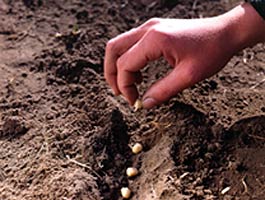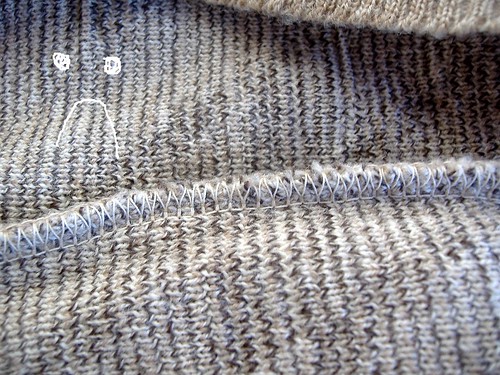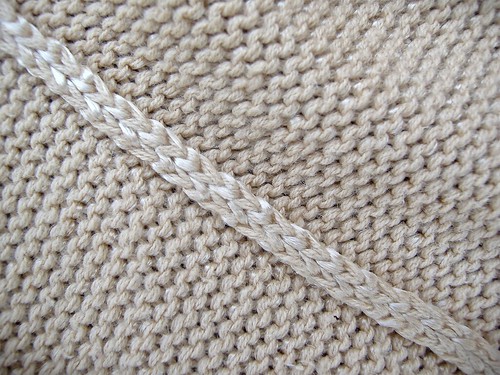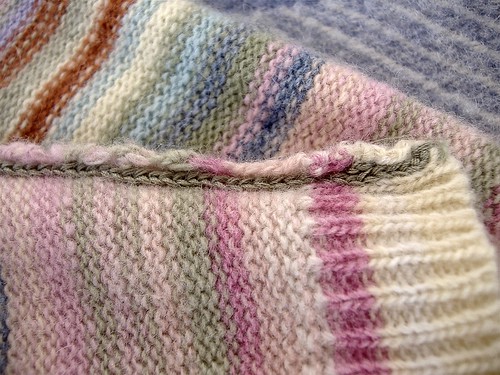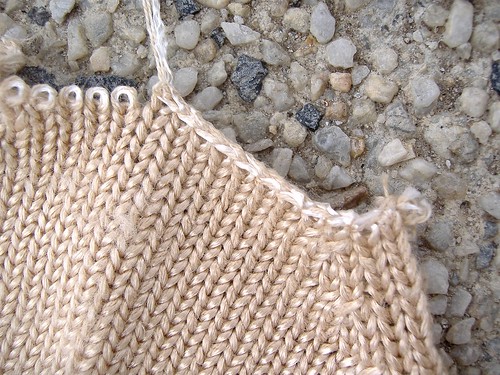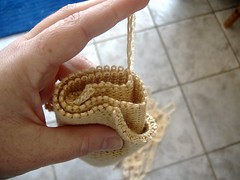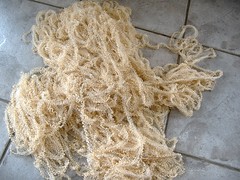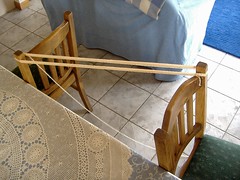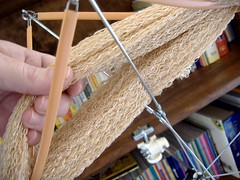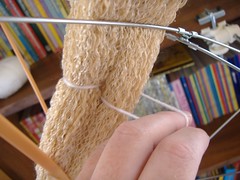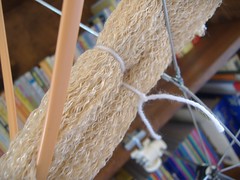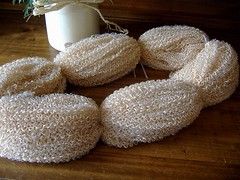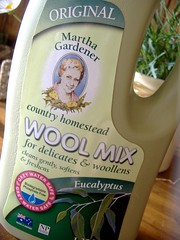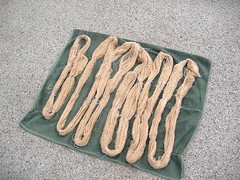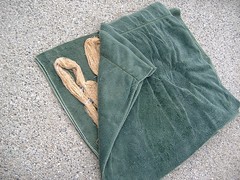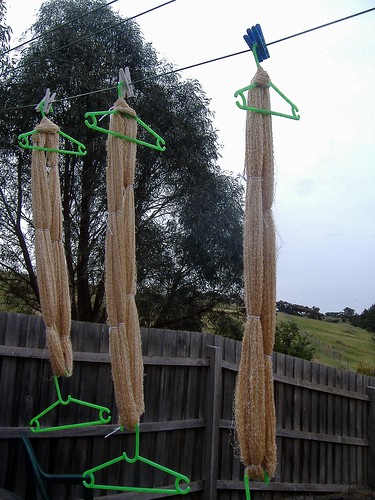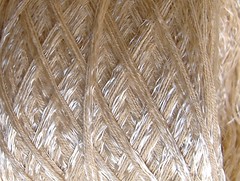Pitfalls of Paying Off Your Mortgage Early
Oct. 4, 2013 By BYRON L. STUDDARD, CFP®Should you pay off your mortgage? As with so many financial issues, the answer is: It depends.
A couple recently came to me for financial advice – after drastically changing their entire financial situation. They had attended a financial workshop where they became convinced that any debt is undesirable. So they paid off their mortgage early by cashing in their six-figure 401(k) accounts.
Because they were under age 59 1/2, they had to pay a 10 percent penalty, along with ordinary income tax, on this large withdrawal. They came to me – too late – for a second opinion on this by then irreversible move; the damage had already been done.
Whether to pay off your mortgage early is a difficult decision that should be based on various factors. Depending on your situation, some debt—especially mortgage debt--is probably not as bad as the alternatives. In this case, not paying off the mortgage would have meant keeping the couple's 401(k) assets intact and growing in value through compounding interest, which is interest on principal and interest. Albert Einstein famously called compound interest "the most powerful force in the universe."
Read More...
When to pay down your mortgage
6/20/2013 7:30 PM ET By Liz Weston, MSN MoneyFor years, I've been telling you that you likely have better things to do with your money than to prepay a low-rate, tax-deductible debt such as a mortgage.
Yet my husband and I plan to have our mortgage paid off by the time we retire. Am I promoting a double standard? Not really. I'm just acknowledging the math, which favors carrying a mortgage while you're working and being debt-free when you're not.
Read More...
The Benefits Of Mortgage Repayment
October 26 2011| Filed Under » Home Purchase, MortgageYou've taken the leap and decided to buy a home. After signing a mountain of paperwork, you are now the proud owner of your own residence. Thirty days later, when the first mortgage payment comes due, you are hit by the reality of what you have done. You have taken on 30 years worth of massive payments, in an economy that makes no promises about long-term job stability. In this article, we look at the benefits of paying off your mortgage as soon as you can and give you pointers on how to do it.
Read More...
4 ways to pay off your mortgage earlier
By Sally Herigstad • Bankrate.comPaying off the mortgage early is in. Refinancing to take money out of our homes is out. Living through the foreclosure crisis, more people want the security and the psychological benefit of owning their home free and clear.
Read More...



































